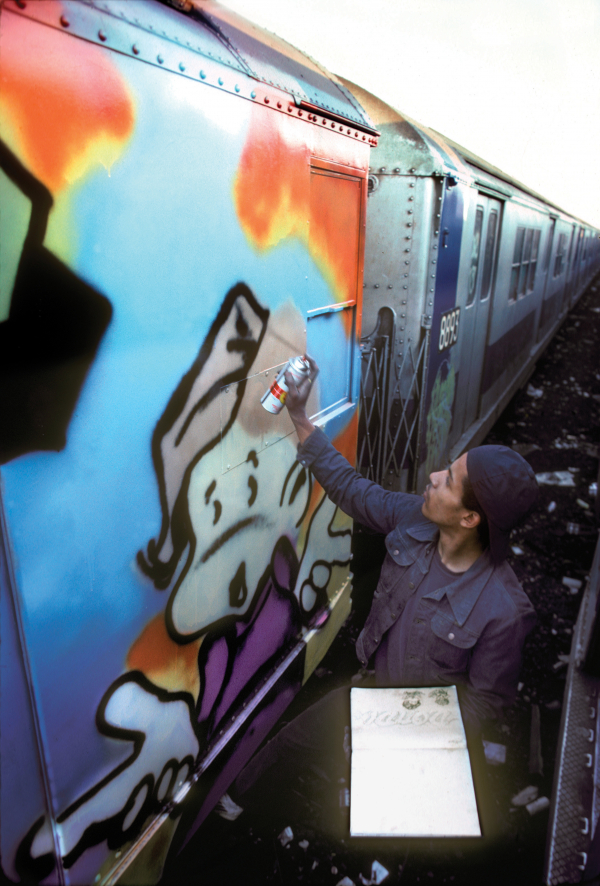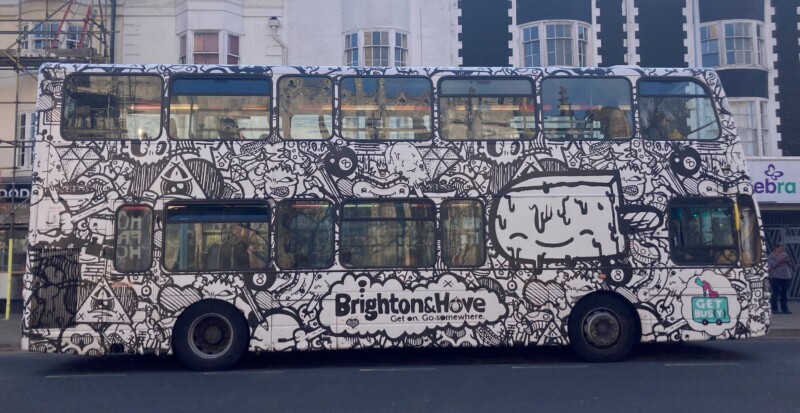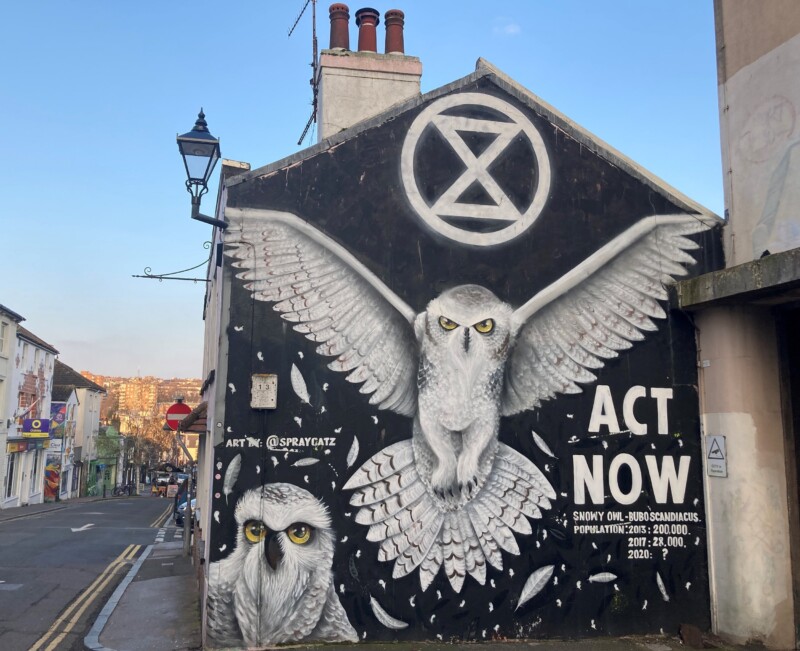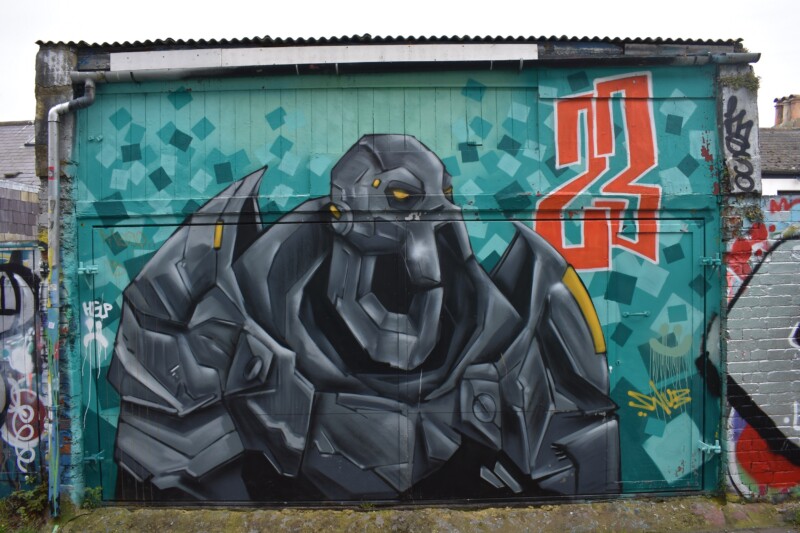Ellie Taylor
‘Art or Vandalism’: A Study of the Role of Graffiti in Society since the 1970s
Graffiti is a controversial subject. Its visual intervention in public space is freely accessible, allowing anyone to voice opinions. It has been called everything from urban blight to creative expression to a commercial product. Yet, the most common phraseology used when discussing graffiti is to inquire whether it is ‘art or vandalism’. The dissertation is not aiming to answer this subjective and unwinnable debate but rather unpack it and look at the broader position of graffiti in two cities.
The first chapter of the dissertation takes a historical approach, primarily analysing the 1970s and 80s New York City graffiti culture and early practitioners, such as Dondi, shown painting a subway train in the image below.

This chapter helps the reader understand the movement’s principles and where mainstream attitudes towards graffiti originated.
The rest of the dissertation focuses on contemporary Brighton, a city with little scholarly research on its graffiti scene. I investigated the places graffiti occupies, legal and illegal, to discover the positive changing cultural attitudes and negative normative constructions towards graffiti.
The first section discovers how graffiti motifs get used in commercial contexts. A pivotal example is the themed bus symbolising the North Laine, launched in 2015 but can still be seen on the roads today. It was commissioned by Brighton and Hove Bus Company and designed by the street artist Jason McQuillen, also known as ‘iownthisart’, alongside Chris Harrison from a branding and graphic design agency and commercial interior designer Chloe Bullock.

Further, I explored how graffiti and street art can be powerful tools to convey personal views about various political and social issues. For example, a mural in the North Laine created by SprayCatz for Extinction Rebellion in 2019.

I also focused on how tagging is the aspect of graffiti that society finds the most difficult to accept, while murals are often considered artistic. An owner of a garage on Trafalgar Lane made this aesthetic judgement by constantly removing tags and then allowing a mural by Snub 23, a well-known Brighton street artist, shown below, to remain on the garage.

Finally, participant-based research interweaves throughout the dissertation – an interview with a Brighton-based graffiti artist and questionnaires with a Brighton Councillor and renowned urban scholar – to show graffiti’s complex perspectives and ambiguity.
The dissertation calls for a more contextualised and nuanced understanding of graffiti. It highlights how the binary opposition, ‘art or vandalism’, restricts people’s perception of graffiti. It is about time people considered the wider role of graffiti in society’s visual culture and how it brings a ‘multiplicity of character’ to urban spaces. Each surface examined in the dissertation, from the subway train to the bus to the garage, becomes a site of engagement with society; whether positive or negative, graffiti causes lively debate in city spaces that were missing it.
Contact Ellie Taylor
- ellie.t@hotmail.com
- https://www.linkedin.com/in/ellie-taylor-3a888b185/
- @ele.taylor
- Note
- Please contact me on the above details :)